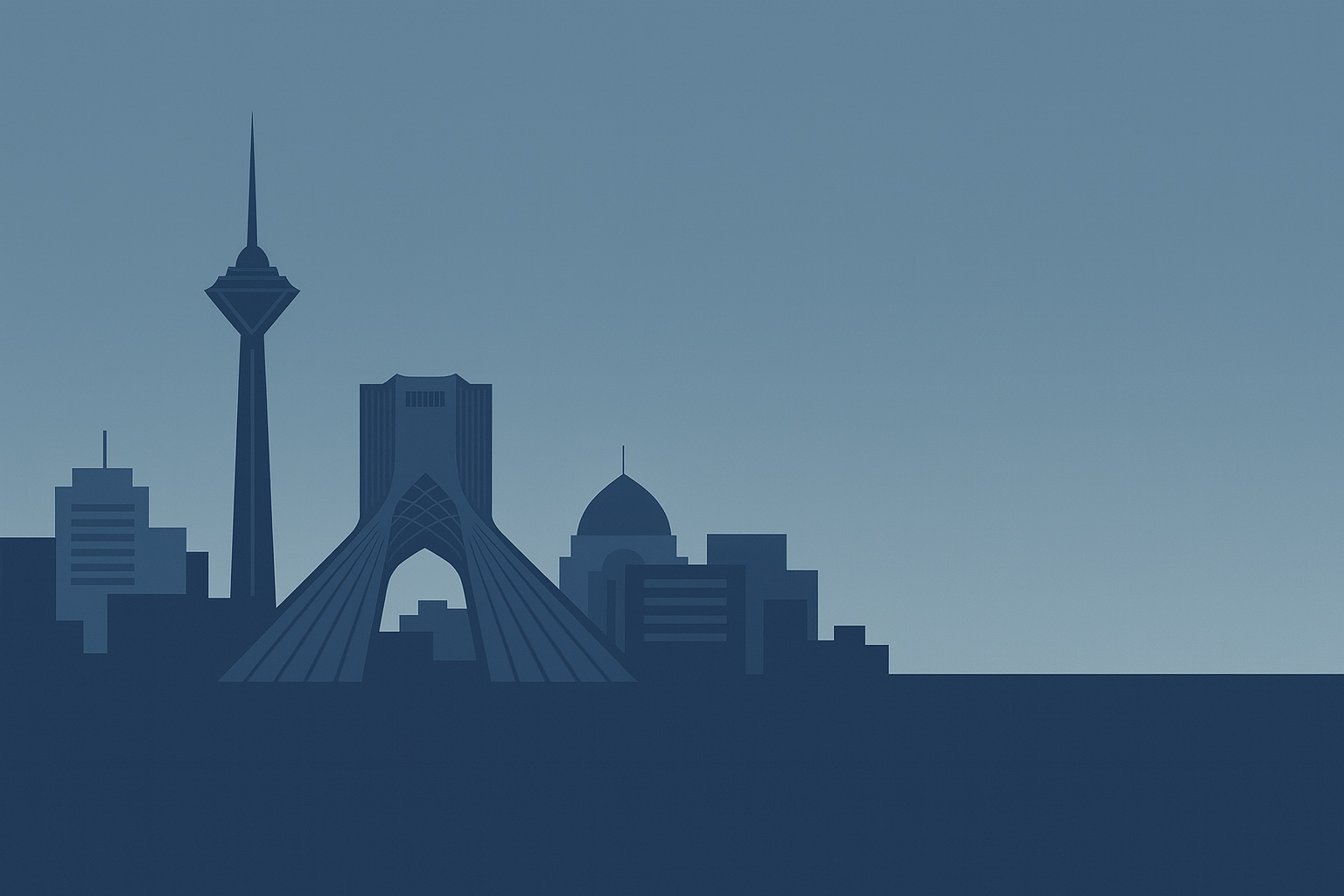
Mapping Intellectual Property in Iran: How Inventions, Brands, and Creative Works Are Protected
The big picture
Iran protects a broad range of intellectual property rights, including patents and utility models, trademarks, geographical indications (GIs), and rules against unfair competition. Its legal framework also extends protection to copyrights, industrial designs, software, and trade secrets.
Core legislation (industrial property)
The backbone is the Act on the Protection of Industrial Property (2024), which replaced the 2008 framework and modernized patents, utility models, designs, marks, trade names, trade secrets, and unfair competition.
Where Iran plugs into WIPO
Iran participates in most of the global industrial-property rails:
- Paris Convention (priority for national filings)
- Madrid Agreement & Protocol (international trademark route)
- Nice Agreement (classification for marks)
- Locarno Agreement (classification for designs)
- Lisbon Agreement (appellations of origin)
- Madrid Agreement on Indications of Source
- Patent Cooperation Treaty (PCT) (international patent route)
- WIPO Convention
Note: as of today, Iran is not a member of the Hague System for international design registration—designs require national filings.
Copyright and software
Iran is not a party to the Berne Convention or the WIPO Internet treaties. Practically, foreign works don’t enjoy automatic Berne-style protection; protection rests on Iran’s domestic copyright laws and contract design (licenses, assignments, choice-of-law, arbitration). Software is protected under the Act on Protection of Rights of Computer Software Creators (2000) alongside general copyright law and patents, if applied.
Geographical indications
GIs are covered by statute and by Lisbon membership. Registration, opposition, and enforcement mechanisms exist at national level; Lisbon adds an international layer for appellations of origin protection.
Plant varieties
Protection rests on national laws (e.g., variety registration and seed/seedling control; biosafety). Iran has initiated the procedure to accede to UPOV but is not yet a member; plan on domestic PVP routes for now and watch for accession updates.
Practical filing playbook
1. Patents & utility models
Use PCT for international stage; enter the national phase in Iran on standard timelines. The 2024 law adds utility models as a lower-threshold option. Freedom-to-operate and translation strategy matter.
2.Trademarks
Use Madrid to designate Iran or to extend Iranian marks abroad. Classification follows Nice; expect examination on absolute/relative grounds and the possibility of opposition.
3.Industrial designs
No Hague route—file nationally in Iran. Check novelty/descriptiveness and prepare Persian representations that match local formalities.
5.GIs & appellations
Consider national GI registration; where eligible, leverage Lisbon for appellations of origin protection.
5.Copyright & software
Registering is not the hinge—contracts are. Use robust license terms, clear deliverables/escrows, and local enforcement clauses.


